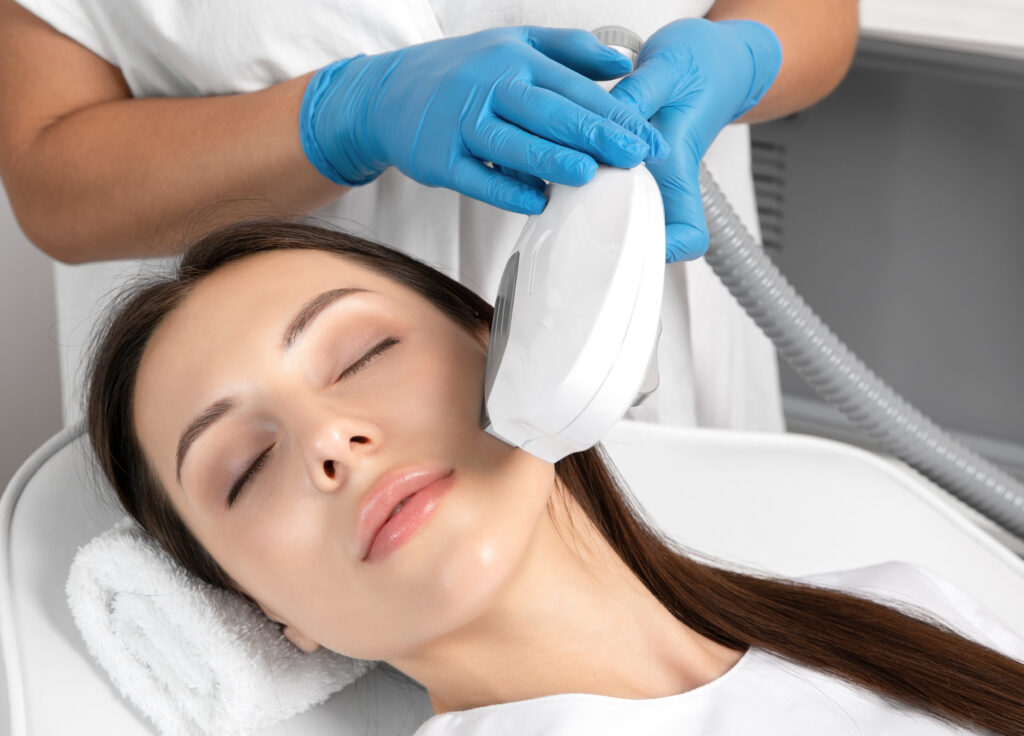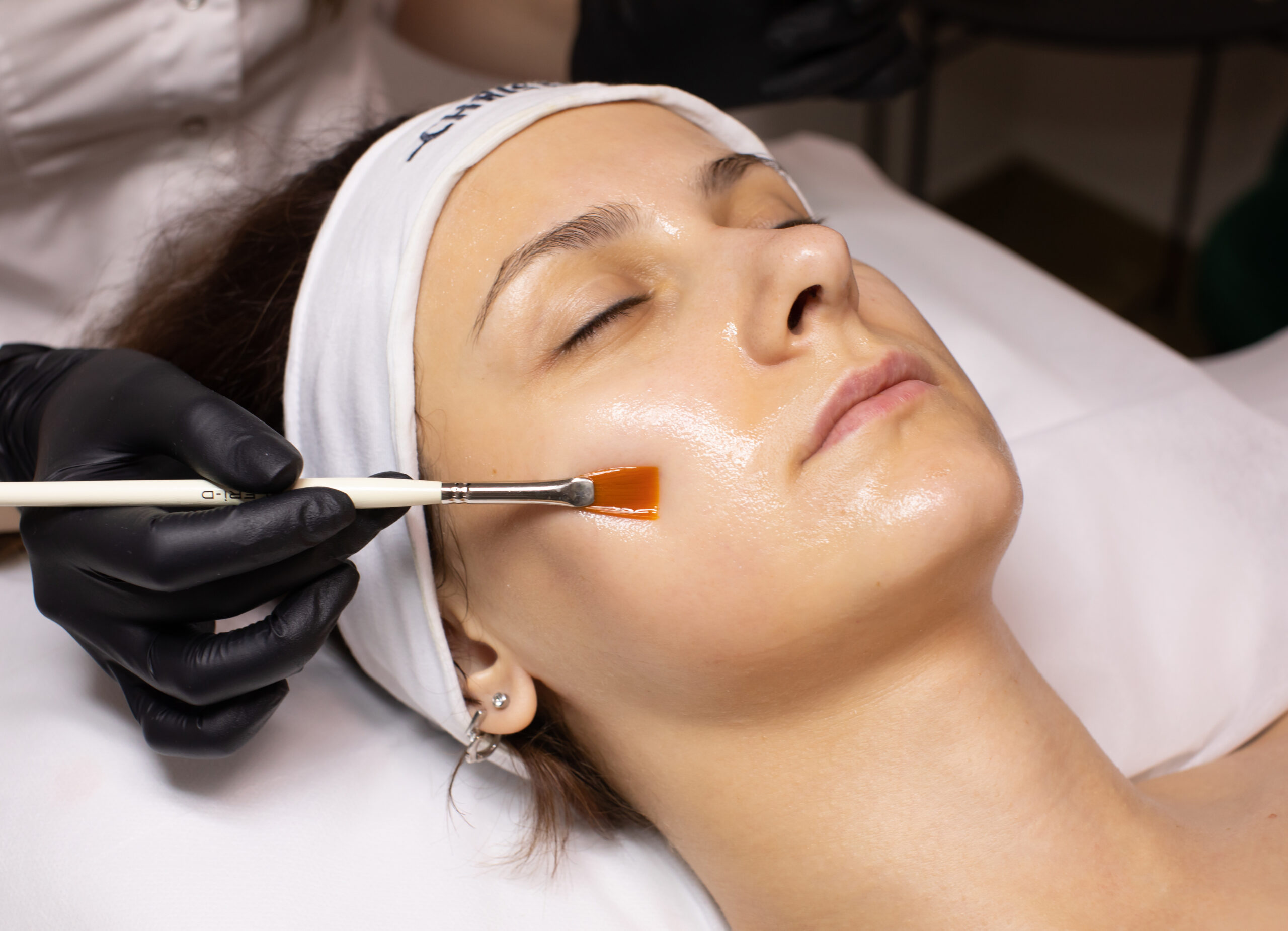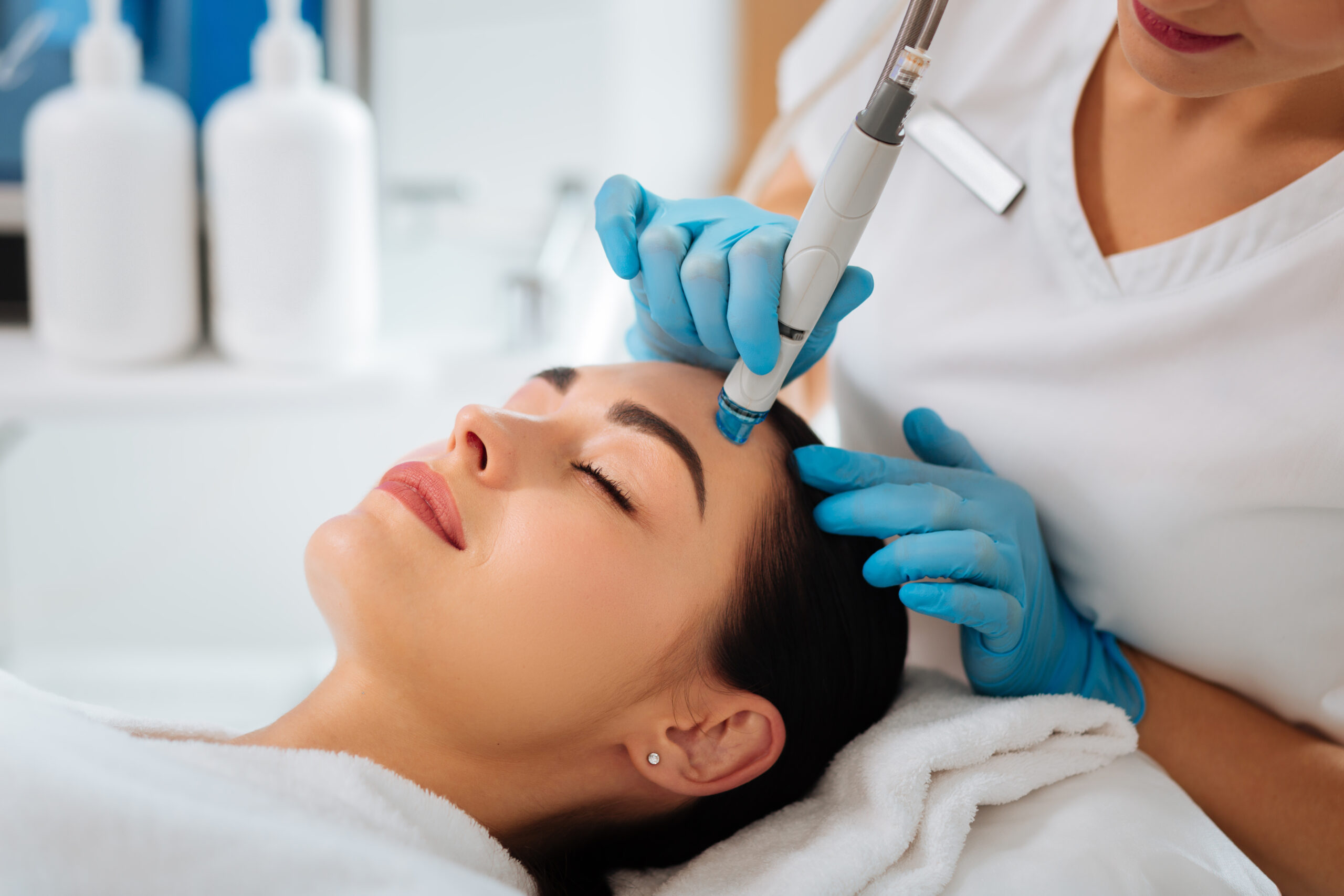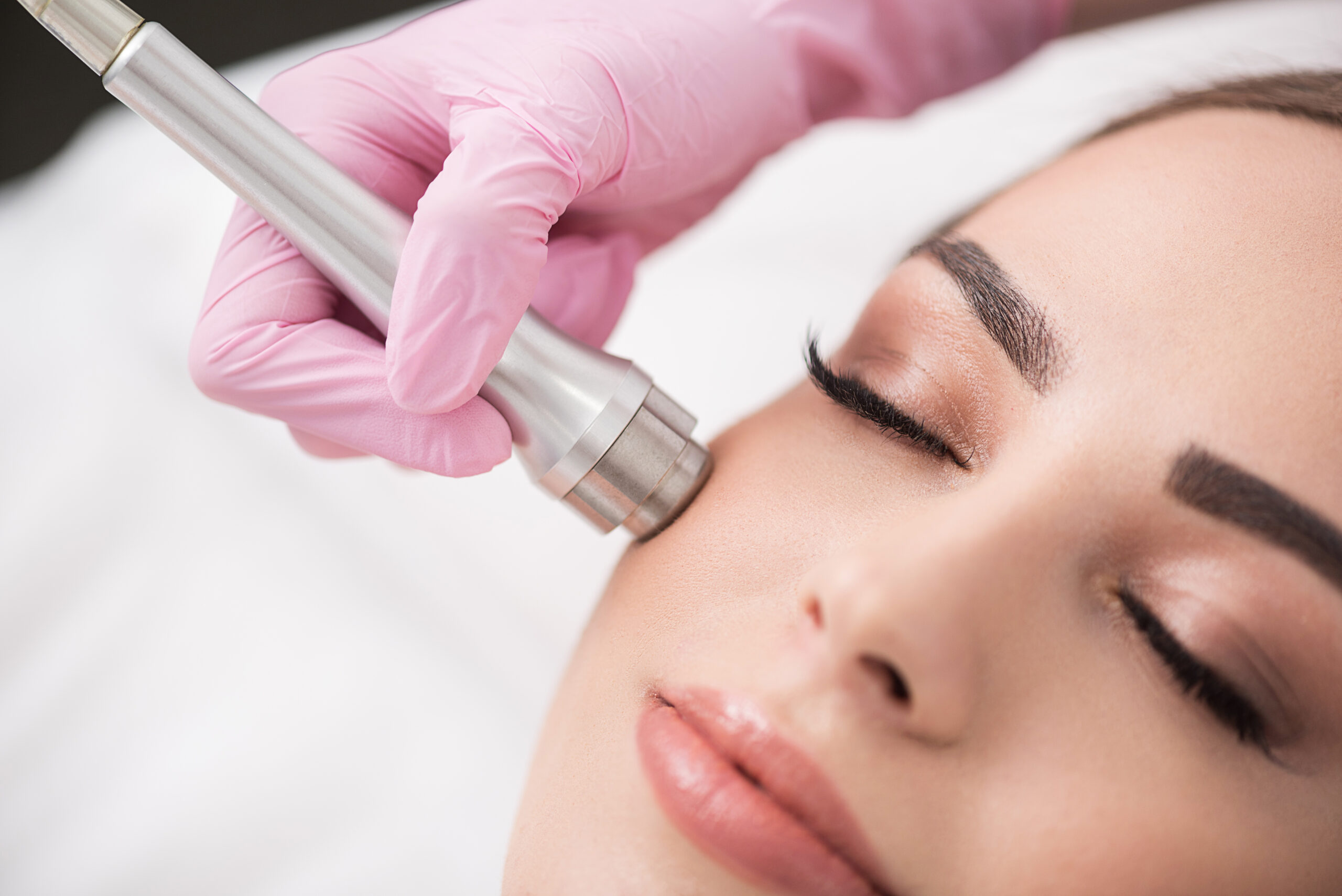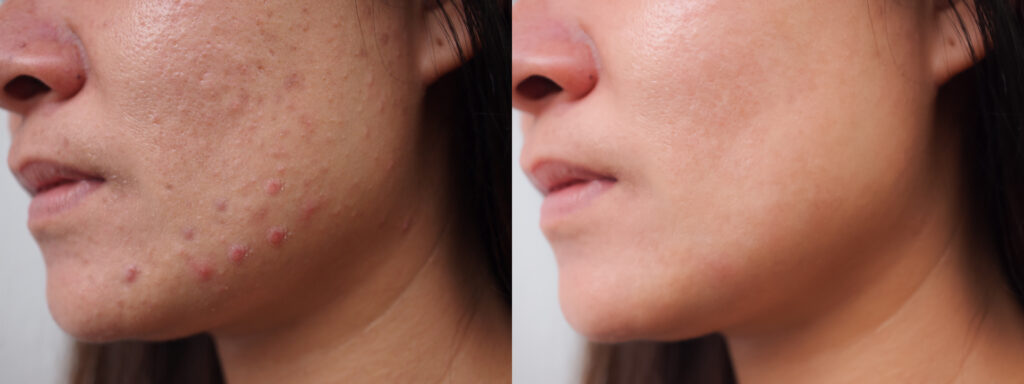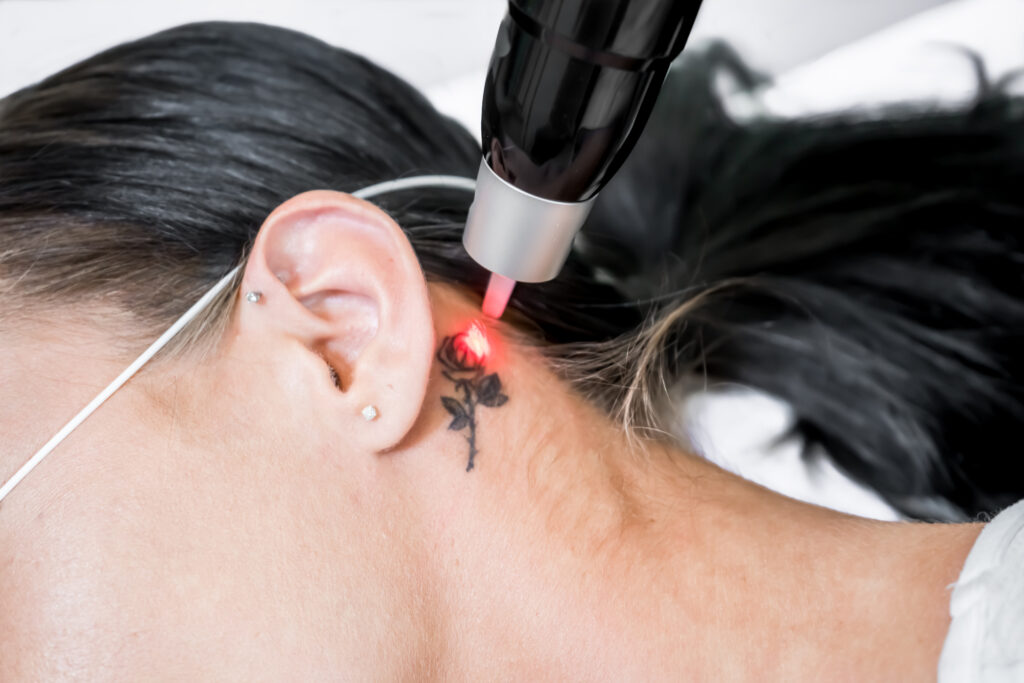Are you regretting a tattoo that seemed like such a great idea at the time? Fear not! Thanks to technology advancements, laser tattoo removal offers a safe and effective solution to bid farewell to unwanted ink.
Laser tattoo removal is a noninvasive procedure that uses high-intensity laser beams to break down the pigments of the tattoo ink. The laser targets the ink particles, fragmenting them into smaller pieces that are eventually eliminated by the body’s natural processes.
Over multiple sessions, the tattoo gradually fades until it becomes barely noticeable or completely disappears.
Ideal candidates for laser tattoo removal include those who:
• Are in good health
• Are non-smokers
• Have realistic expectations about the outcome
• Are committed to the recommended treatment plan
So, you’ve decided to bid farewell to a tattoo that no longer suits your vibe. Laser tattoo removal is a popular and effective method to erase unwanted ink. Any new treatment is less daunting if you know what to expect, so keep reading.
1. Consultation and Evaluation:
During this initial meeting, the qualified tattoo removal specialist will evaluate your tattoo, assess your skin type, and discuss your expectations. They will explain the procedure in detail, including the number of sessions required, potential risks, and the estimated cost.
2. Preparing for the Procedure:
It is important to follow the pre-treatment instructions provided by the specialist. This may include avoiding sun exposure, discontinuing certain medications or skincare products, and ensuring your skin is clean and free from any lotions or oils.
3. Protective Measures:
On the day of your appointment, the specialist will take necessary precautions to protect your eyes from the laser light. They will provide you with protective eyewear to wear throughout the procedure. Additionally, they will cleanse the area to be treated and may apply a topical numbing cream to minimize discomfort.
4. The Laser Removal Process:
Once the preparations are complete, the specialist will begin the laser tattoo removal process. A handheld device emitting intense laser pulses will be directed at the tattooed area. The laser light selectively targets the tattoo ink, breaking it down into smaller particles.
You may experience a snapping or stinging sensation during the procedure, often described as similar to the feeling of a rubber band being snapped against the skin. The level of discomfort varies depending on individual pain tolerance and the location of the tattoo.
5. Post-Treatment Care:
After the laser treatment, the specialist will provide instructions for post-treatment care. This typically involves applying an antibiotic ointment and covering the treated area with a sterile dressing. It is crucial to follow these instructions diligently to promote healing and minimize the risk of complications.
6. Multiple Sessions:
Complete tattoo removal usually requires multiple laser sessions, such as 6-8 sessions spaced several weeks apart, ranging from 4-8 weeks. The number of sessions depends on various factors, including the size, color, and depth of the tattoo, as well as your individual response to the treatment. Patience is key, as the gradual fading of the tattoo occurs over time.
With advanced technology and a range of laser devices available in the United States, this procedure has become safer and more effective than ever before. In this guide, we will explore the different laser tattoo removal devices used in the US and discuss potential side effects to help you make an informed decision.
1. Q-switched Nd:YAG Laser:
This laser device is commonly used for tattoo removal due to its ability to target dark pigments such as black and blue ink. Side effects may include temporary skin discoloration, blistering, and scarring. However, these are typically rare and can be minimized with proper aftercare.
2. Alexandrite Laser:
The Alexandrite laser is effective in removing green and blue pigments, as well as black ink. Side effects may include mild swelling, redness, and temporary changes in skin texture. These are usually temporary and resolve within a few days.
3. Picosecond Laser:
The picosecond laser uses ultra-short pulses of energy to break down tattoo pigments into smaller particles, allowing for faster removal. Side effects may include temporary skin irritation, redness, and swelling. However, these are generally minimal and subside quickly.
4. Ruby Laser:
The ruby laser is primarily used for removing blue and black pigments. Side effects may include temporary skin discoloration, blistering, and scarring. However, these are uncommon and can be minimized with proper pre- and post-treatment care.
5. Fractional Laser:
Fractional lasers are often used for tattoo removal in combination with other laser devices. They work by delivering energy in tiny columns to target specific areas of the tattoo. Side effects may include temporary redness, swelling, and slight bruising. These are typically mild and resolve within a few days.
While these laser devices offer effective tattoo removal, there is always a risk of side effects. However, with advancements in technology and skilled professionals, the chances of experiencing severe complications are minimal.
To minimize the risks and ensure successful tattoo removal, it is crucial to choose a reputable clinic or dermatologist who specializes in laser tattoo removal.
The process of tattoo removal typically involves six to eight sessions, resulting in the complete removal of most tattoos. Once removed, they’re gone for good!
Nevertheless, it is important to note that the complete removal of certain tattoos, particularly those containing purple ink, may pose significant challenges and may necessitate a greater number of sessions to achieve significant fading.
In the event that removal sessions leave behind a faint or blurred image, an alternative solution would be to conceal it with a new cover-up tattoo. Always consult with a professional tattoo removal specialist to determine the best approach for your specific tattoo removal needs.
When it comes to removing tattoos with lasers, several factors come into play. The success of the treatment depends on variables such as tattoo color, ink type, skin type, and, yes, the age of the tattoo. Older tattoos are generally easier to remove than newer ones. Here’s why:
1. Fading over time: Tattoos naturally fade over the years due to exposure to sunlight, aging, and other environmental factors. This gradual fading process breaks down the tattoo ink, making it more susceptible to laser treatment. As a result, older tattoos have already undergone some level of natural fading, making them easier to remove.
2. Ink composition: Tattoo inks have evolved over the years, with older tattoos often containing simpler and less stubborn ink compositions. These older inks typically consist of larger pigment particles that are easier for the laser to break down. In contrast, modern tattoos may contain more complex ink formulations, including smaller pigment particles that can be more challenging to target effectively.
3. Depth of the ink: As tattoos age, the ink tends to settle deeper into the skin. This deeper placement allows the laser to penetrate the skin more effectively and target the ink particles directly. In newer tattoos, the ink is often closer to the surface, requiring more sessions and potentially more intense laser treatments to achieve satisfactory results.
While older tattoos tend to respond better to laser removal, it’s important to note that every tattoo is unique. Factors such as tattoo size, color, and placement on the body can still influence the treatment process. Additionally, individual factors like skin type, overall health, and the expertise of the technician can impact the success of tattoo removal.
To determine the best approach for your specific tattoo, consult with a qualified dermatologist or medical provider. They will assess your tattoo and provide personalized advice on the number of sessions required, the estimated results, and the potential risks involved.
Remember, laser tattoo removal is a gradual process that requires patience and multiple sessions. With the advancement of laser technology and the expertise of professionals, even the most stubborn tattoos can be successfully removed, regardless of their age.
$150- $4,000 per session. Price varies on size, complexity of tattoo, and location.
